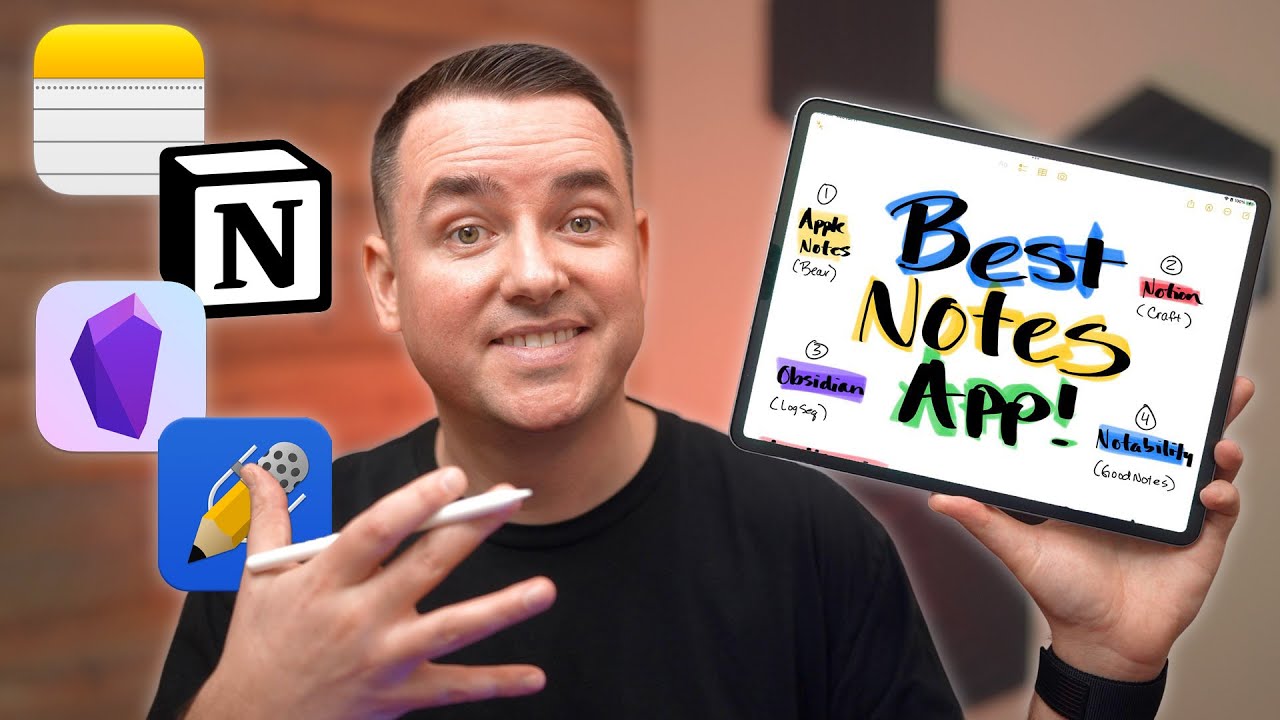How to write meeting minutes LIKE A PRO [With meeting minutes example!]
Summary
TLDRThis video script offers a comprehensive guide to writing effective meeting minutes, emphasizing the importance of preparation, note-taking, and organization. It outlines four key steps: preparing in advance by understanding the meeting agenda, writing the notes during the meeting, rewriting for clarity and readability, and finally, storing or sharing the notes. The script also provides examples of formal and casual meeting minutes, highlighting the necessity of capturing facts, problems, decisions, actions, and questions. The goal is to create concise, searchable, and easily accessible records that facilitate future reference and action.
Takeaways
- 📝 **Importance of Meeting Minutes**: Writing meeting minutes is crucial for tracking work, remembering discussions, and noting future actions.
- 📅 **Preparation is Key**: Prepare in advance by understanding the meeting agenda and preparing a template for note-taking to appear professional.
- 📋 **Agenda-Based Structure**: Use the meeting agenda to structure your notes, ensuring you cover all discussed points.
- 👥 **Participant List**: Include a list of participants, especially for formal meetings, to keep track of attendees.
- 🔗 **Link to Presentations**: If there's a PowerPoint presentation, add a link to it in the notes for easy reference.
- 📝 **Decisions and Actions**: Clearly document decisions made and actions to be taken, including responsible persons and deadlines.
- ✍️ **Digital Note-Taking**: Opt for digital note-taking over analog for easier sharing, storage, and editing.
- 🔍 **Focus on Key Elements**: During the meeting, focus on recording facts, problems, decisions, actions, and Q&A for comprehensive notes.
- 📖 **Rewriting Notes**: Rewrite notes post-meeting to clarify, correct spelling, and ensure they are understandable to others.
- 🗂️ **Storage and Sharing**: Store and share meeting notes in a searchable format, such as OneNote, and distribute them via email or a shared platform.
Q & A
Why are meeting minutes considered important in professional settings?
-Meeting minutes are crucial for keeping track of work, remembering discussions, and noting future actions, ensuring that all participants are on the same page regarding decisions and responsibilities.
What are the four steps involved in writing effective meeting minutes?
-The four steps are: preparing in advance for the meeting, actually writing the notes, rewriting the notes for clarity and readability, and storing or sharing the notes after the meeting.
Why is it recommended to prepare an agenda before a meeting?
-An agenda helps structure the meeting and allows the note-taker to anticipate the flow of discussion, making it easier to capture relevant points during the meeting.
What is the significance of having a meeting minutes template?
-A template ensures consistency and helps the note-taker quickly organize and format the minutes, making them professional and easy to follow.
How can including a list of participants in the meeting minutes be beneficial?
-A list of participants provides a record of who attended the meeting, which is useful for assigning follow-up actions and for reference in case of questions about who was present.
Why is it important to add a link to a PowerPoint presentation in the meeting minutes?
-Adding a link to a PowerPoint presentation allows easy access to visual aids and supporting materials, enhancing the usefulness of the minutes for future reference.
What should be included in the decision-making section of the meeting minutes?
-The decision-making section should include the decisions made, the rationale behind them, and any notes explaining the context or reasoning for the decisions.
How can actions be effectively documented in meeting minutes?
-Actions should be clearly stated with the responsible person, a deadline, and a brief description of what needs to be done, ensuring accountability and follow-through.
Why is it advised to rewrite meeting notes after the meeting?
-Rewriting notes helps to correct any errors, clarify unclear points, and summarize the content, making the minutes more readable and useful for future reference.
What are some best practices for storing and sharing meeting minutes?
-Meeting minutes should be stored in a searchable format, such as OneNote, and shared via email or a collaborative platform like a team site, ensuring easy access and retrieval for all participants.
How can the note-taker ensure that meeting minutes are concise and to the point?
-By focusing on capturing facts, problems, decisions, actions, and questions and answers, and summarizing these points effectively, the note-taker can create concise and informative minutes.
Outlines

此内容仅限付费用户访问。 请升级后访问。
立即升级Mindmap

此内容仅限付费用户访问。 请升级后访问。
立即升级Keywords

此内容仅限付费用户访问。 请升级后访问。
立即升级Highlights

此内容仅限付费用户访问。 请升级后访问。
立即升级Transcripts

此内容仅限付费用户访问。 请升级后访问。
立即升级浏览更多相关视频

TOEFL SCORE 100+ | Study Alone | TOEFL Study | TOEFL Listening

How to get started with Obsidian in 2022 - from scratch!

How to Write Meeting Minutes EXPLAINED

Game Master Notes Solved! How To Take Better Notes as a GM

Score 100+ in just 2 weeks with this TOEFL Preparation Plan!

Best Notes App? Apple Notes vs Notion vs Obsidian vs Notability
5.0 / 5 (0 votes)
